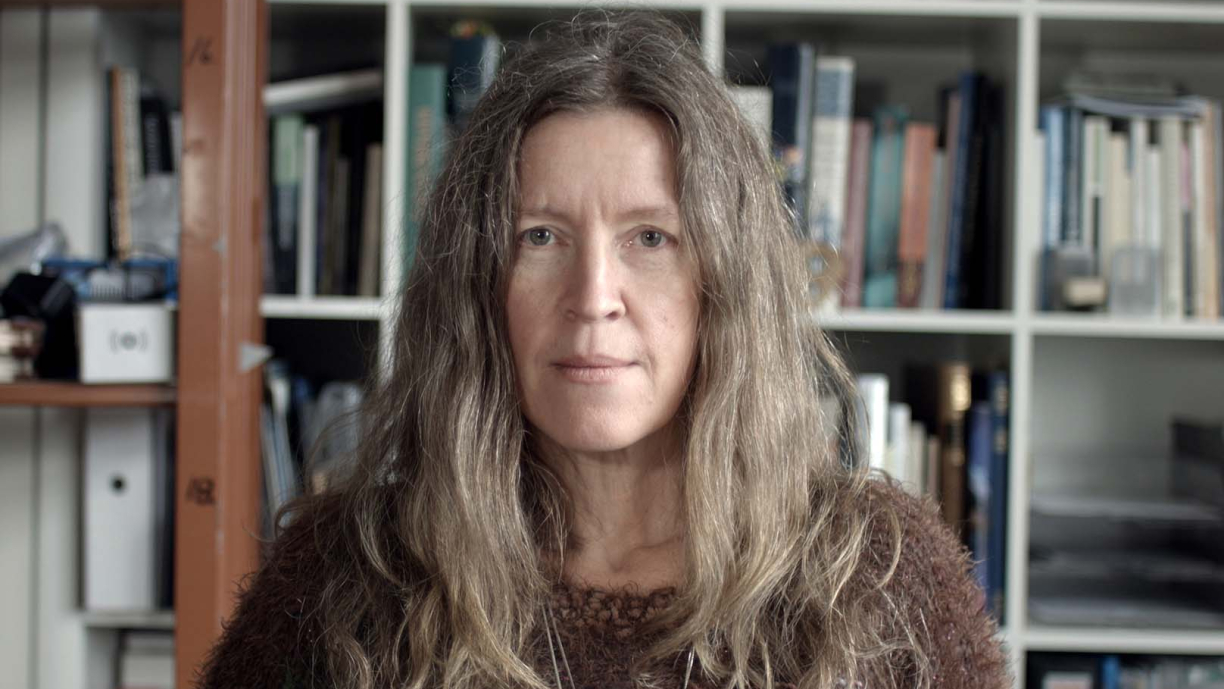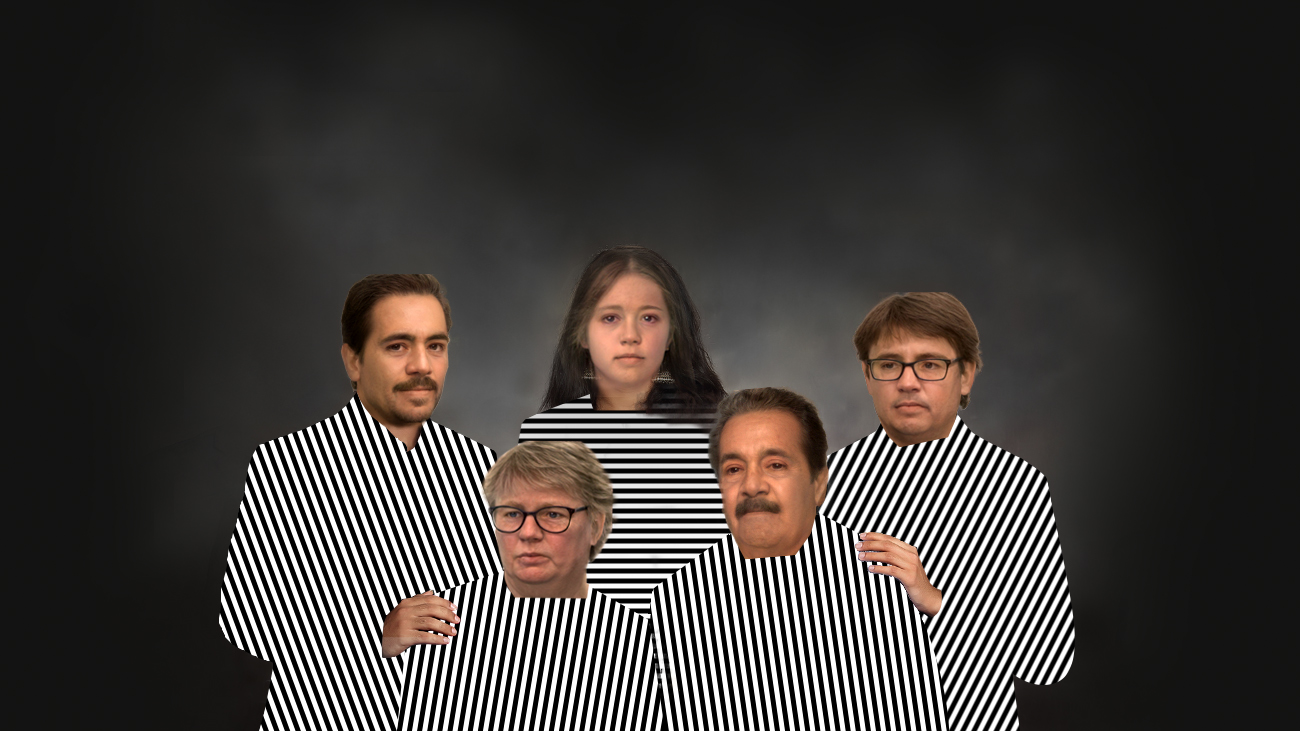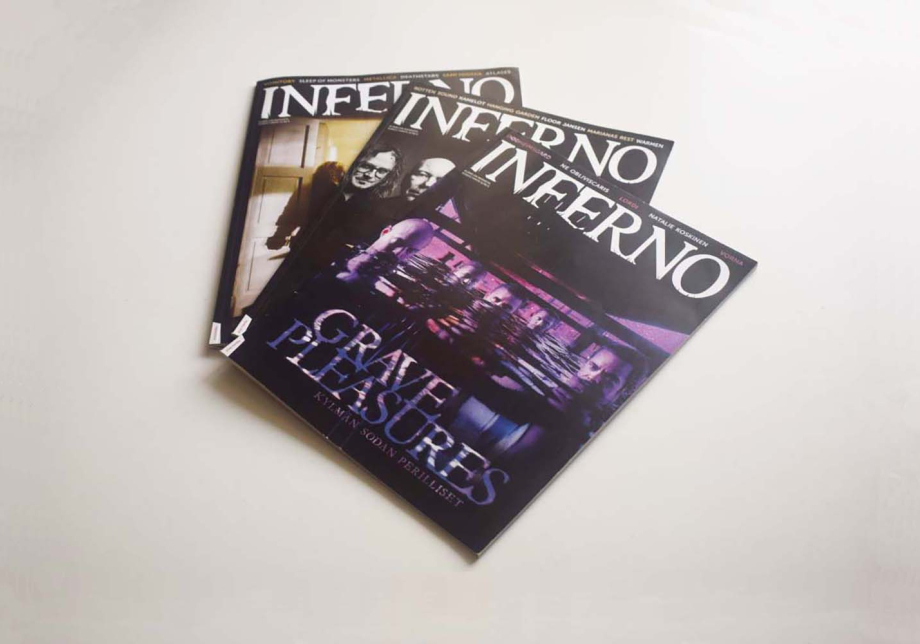Hanna Haaslahti creates bold media art about challenging subjects

The art of Hanna Haaslahti places viewers in surprising situations. For example, the viewer may see a digital twin created from his or her own face depicted as a bully. The target of the bullying can be the digital twin of a viewer who is in the exhibition space at the same time, which makes the situation even more challenging for the person who has been assigned such a role.
Creating media art that questions the traditional roles of viewer and performer has long fascinated Haaslahti.
– When I was a student, I became interested in whether it was possible to create new kinds of performance spaces in which there would be no clear divisions of roles, where being the viewer and being the performer would be more democratic. These ideas were supported by the realisation that you can get a camera and sensors on a computer. The computer is also able to sense the environment and create equivalents for it.
Media art is considered strange and difficult, but it's not for people who understand how to operate and maintain computers.
During Haaslahti's career as an artist, technology has taken a big leap. When she began her career, creating media art required programming skills, but these are no longer necessary. Haaslahti creates her art mainly using the Unity game engine together with her working group.
According to Haaslahti, exhibiting interactive media art can involve its own challenges.
– Many museums and art institutions have expertise that is based on non-interactive art. For artists like me, the problem is that traditional art institutions lack a conservator team that is familiar with IT challenges. Media art is considered strange and difficult, but it's not for people who understand how to operate and maintain computers.
Situational comedy and digital descendants
Taike awarded Haaslahti a three-year artist grant in 2020. During the grant period, Haaslahti has worked on an as yet unpublished media art installation entitled “Ancestors” that explores family norms.
– Is it wrong to love a person of the same sex? Why should that be wrong? Why do we have such border fences? I wish that people could think about issues like this for themselves, especially those who have fallen in love with a person who is not tolerated by society. The installation aims to create a place for people in which they can think about family and how we could free ourselves from such restrictions.
Of course, no one wants to go back to the nuclear family, but what could the family be like today?
Those who are viewing “Ancestors” act as parents to the virtual family that appears in the installation. The viewer’s face is captured, modelled and combined with the face of another viewer. No one’s face is captured without permission, as each viewer decides whether to let a digital descendant of themselves be created.
– Both parents can see themselves in the face of the child. The question is: How are you responsible for your digital descendant? Are you also responsible for your spouse? The digital descendants are autonomous: the viewer is just an ancestor who observes the actions of their descendants.
The genre of “Ancestors” is situational comedy. Similar to many TV sitcoms, the setting is home and family. Haaslahti feels that sitcoms are a useful vehicle for examining family norms, as sitcoms often reflect the perception of family within their own era.
– Loneliness, unmarried couples and individuals, and a lack of commitment are very much prevalent these days. People may not want it to be like this. I believe people would like to start a family, but that they find it too challenging. Of course, no one wants to go back to the nuclear family, but what could the family be like today?

Art about challenging subjects
Haaslahti has addressed challenging subjects in her art before, for example in the media artwork “Captured” (2019) that dealt with bullying. In that installation, the viewer’s face was captured and randomly placed on a digital twin acting as the bully, the bullied or the bystander.
Haaslahti admits that some viewers have found the creation of digital twins based on their own faces inappropriate.
– Of course, it is not a pleasant experience if your own digital twin appears in the work as a bully and there is a person in the same exhibition space whose digital twin is being bullied. On the other hand, it can be eye-opening to see yourself in the type of role in which you don’t want to see yourself. I feel it gives an opportunity to rethink and re-examine obstacles or boundaries.
Art should be about challenging subjects and dealing with them in sometimes strange and anarchic ways.
According to Haaslahti, addressing sensitive issues in art is not easy.
– Nowadays, people’s ability to understand is not trusted. You have to be careful in everything, and you must not offend anyone. In this way, those who feel offended get to define the entire agenda.
– For example, “Captured” deals with bullying and violence. If these issues cannot be addressed in art, does that mean only the media has the right to do so? Art should be about challenging subjects and dealing with them in sometimes strange and anarchic ways.
”Meet Our Funding Recipients” is a series of articles that introduces you to artists, working groups and communities who have received funding from Taike. In these interviews, funding recipients discuss their art and the projects they have been able to implement with the support of funding.









